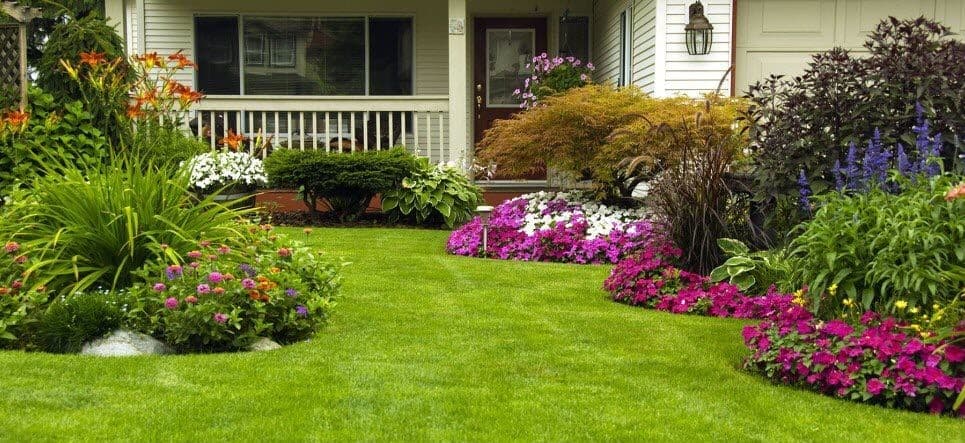Summer is the ideal time to relax and enjoy all of the hard work that the previous autumn and spring’s labors have created. However, there are still some essential landscaping tasks that are necessary during the summer month. Thankfully, they’re not as arduous as the autumn and spring tasks, and more finely focused on keeping your beautiful landscaping healthy and happy throughout the hot summer months.
In fact, some summer maintenance involves pleasant, leisurely tasks like deadheading old flowers or simply picking vegetables and fruit. Read on for 35 summer landscaping tips on aeration, soil maintenance, pest control, welcoming in beneficial creatures, and more.
1. Aerate Your Lawn

If your yard is starting to look a bit worn out and sickly, even with fertilizing and proper moisture, it may need aeration. Aeration, which is punching holes into your lawn, allows water and nutrients to reach the deep roots of your grass more efficiently, which improves its overall condition.
To test if you need to aerate your lawn, pull up a turf sample that is at least four inches deep. If the layer of grass mat is a half-inch thick or higher, your yard could definitely use aeration. There are easy aeration machines you can rent to make quick work of large areas. For smaller areas, simply punching even holes with a pitchfork or another lawn tool can work.



































